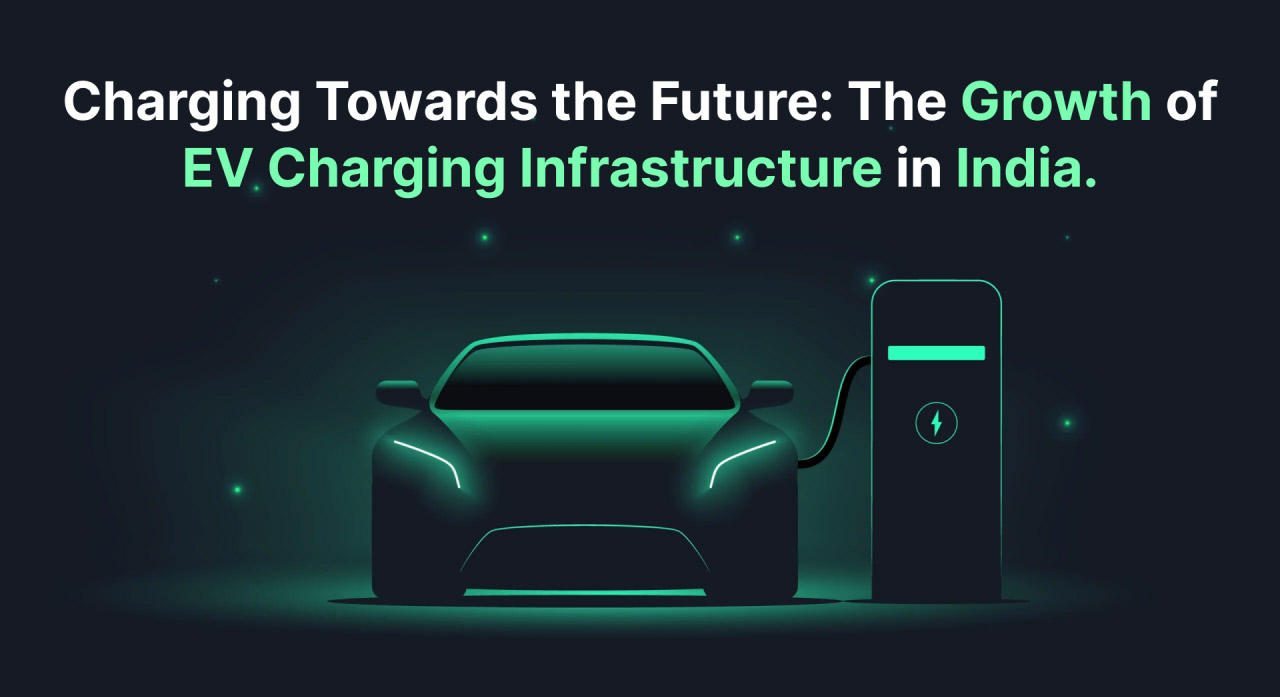The Indian government has set an ambitious goal for electric vehicles (EVs) to comprise 30% of new private vehicle registrations by 2030, which would amount to 8 crore EVs. To support this significant increase in EV adoption, India will need a total of 39 lakh public and semi-public charging stations, aiming for a ratio of 1 station per 20 vehicles.

Currently, the ratio of charging stations to EVs in India is approximately 1 charging station per 135 EVs, which is significantly lower than the global average of 1 charging station per 6 to 20 EVs. This shortage of charging infrastructure could potentially hinder India’s progress toward its EV 30@30 vision.
To address this challenge, the Indian government has implemented several policies and incentives related to EV charging infrastructure. These initiatives impact all stakeholders in the EV ecosystem. However, it’s essential to recognize that the success of these government efforts depends on private sector investment. The government alone cannot create a robust and extensive charging network. Private sector players, including charging infrastructure providers and resident welfare associations (RWAs), must also contribute to charging infrastructure development. Their investment can foster innovative business models such as battery swapping and smart charging, making charging more affordable and convenient for EV owners.
In addition to government initiatives, the National Highways Authority of India (NHAI) has announced plans to add an EV charging station for every 40 to 60 kilometers (approximately 25 to 37 miles) along national highways. The NHAI aims to cover 40,000 kilometers of highways with these charging stations by 20232.
By 2030, India is projected to be home to 102 million EVs, requiring approximately 2.9 million public charging stations to accommodate the growing adoption of electric vehicles3. The development of a robust nationwide charging network is crucial to promote ongoing EV adoption, alleviate range anxiety, and facilitate the transition toward cleaner mobility in India.